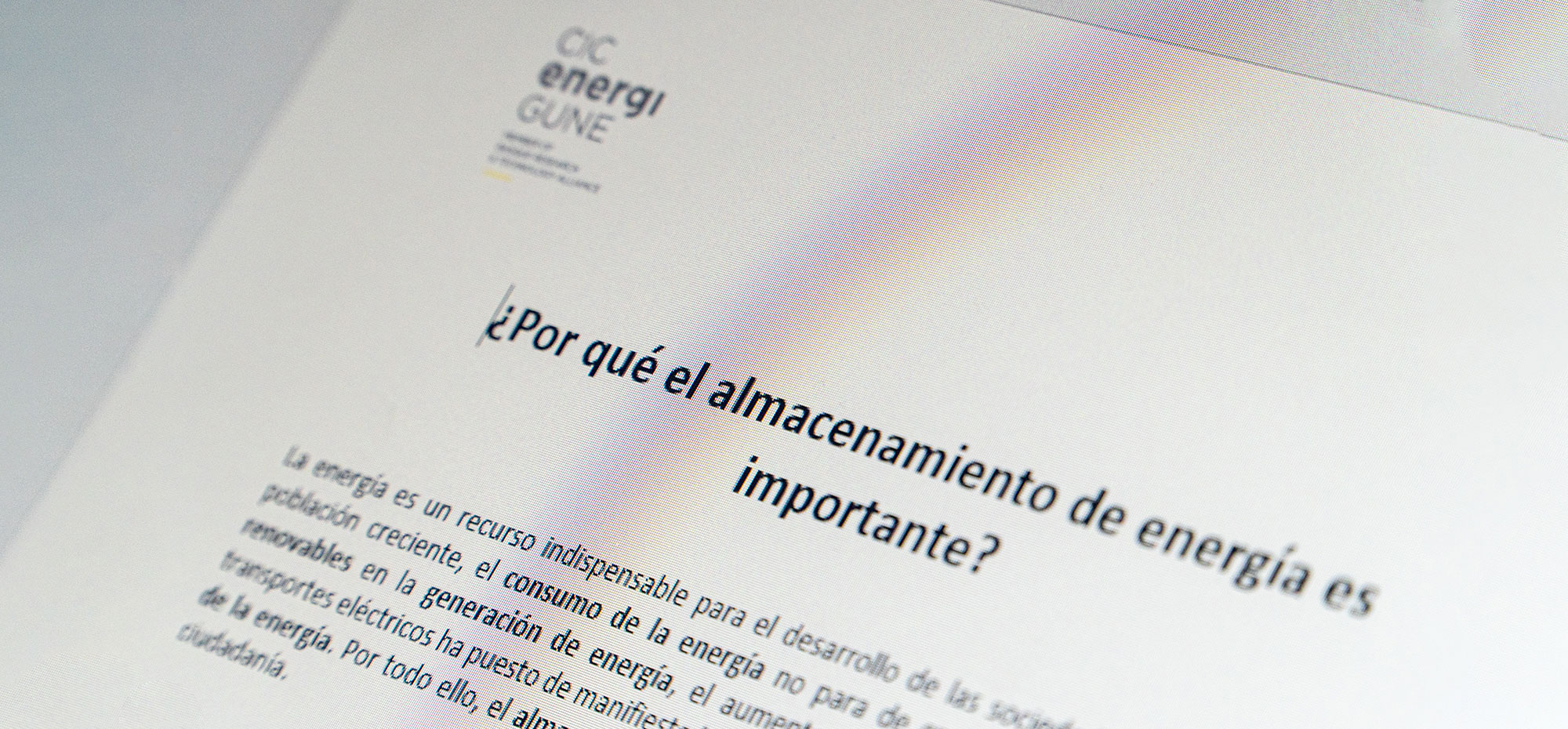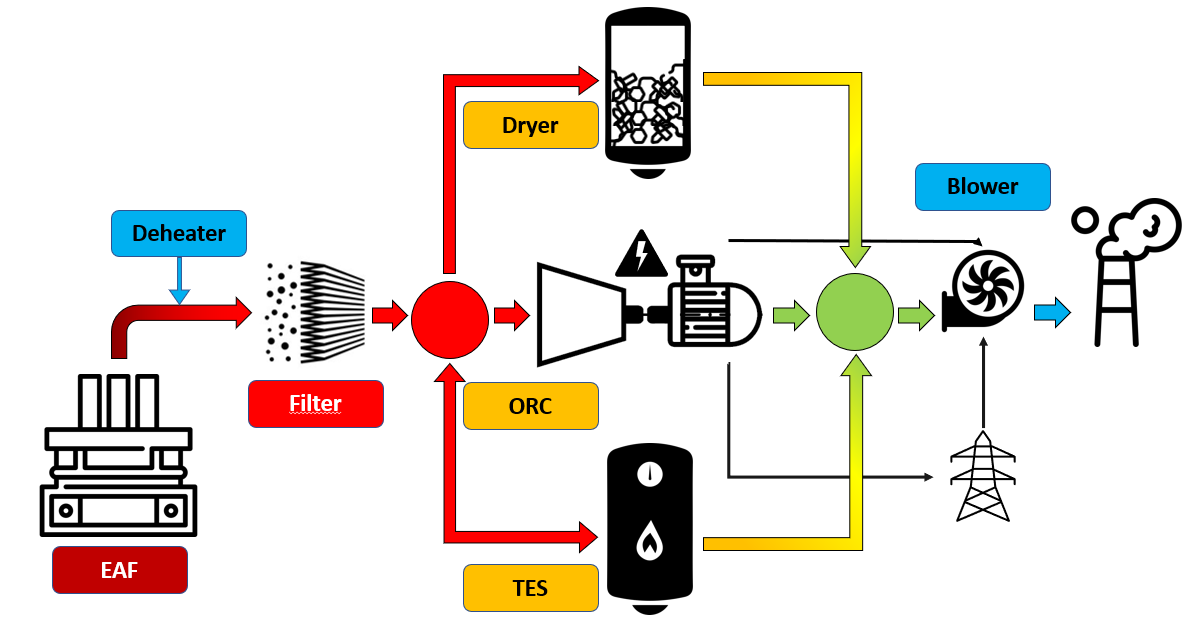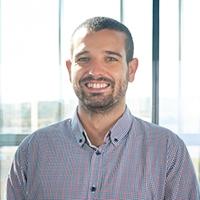The metal industry is known for being highly intensive, both in terms of energy and material consumption, resulting in a large amount of residual energy and solid waste, such as steel slag. This situation poses significant challenges in terms of sustainability and efficiency.
Hence, in response to this problem, several heat recovery and material reuse technologies have been proposed to transform this sector towards a more sustainable and economically viable model.
One of these technologies is proposed by the European project LIFE Heat It Yourself For Sustainability (LIFE HI4S), which uses a digital twin to optimize and scale the technology ad hoc. Thanks to the work done so far, using Eurostat electricity price data (0.2525 €/kWh), we can consider that, thanks to this modeling work and a first approach towards the optimization of the operation of the plant, we have been able to quantify savings of over 200,000 € by processing only 1-2% of the exhaust gases; being, in addition, recovered about 1,000 MWh of thermal energy and producing about 20 MWh of net electricity.
Metal industry
The metal industry contributes significantly to global greenhouse gas emissions. For example, in the year 2020, approximately 7% of emissions and 11% of carbon dioxide (CO2), 3.6 gigatons (36 followed by 11 zeros), belong to this industry. Moreover, these numbers, far from decreasing, continue to increase year after year, driven by the growing global demand for steel.
It is important to note that the steelmaking process is not efficient in terms of CO2 and energy emissions per ton of steel produced. In fact, it is estimated that 1.91 tCO2/tsteel is emitted and 21.31 GJ/tsteel is consumed on average. This energy consumed represents between 20 and 40% of the total price of the steel produced, so improvements in efficiency would have a significant impact on the cost of the final product.
The European LIFE HI4S project
The LIFE HI4S project addresses this situation by developing a technology for the treatment, recovery and reuse of the residual energy from this industrial process. This recovered energy is used in the preheating of the scrap used as raw material, and in the production of electricity by means of an Organic Rankine Cycle (ORC). In addition, these elements are complemented by a thermal energy storage (TES) based on packed bed technology, using treated metallic slag for heat storage, which copes with the intermittency of the energy source, functioning as a buffer and low-cost storage.
CIC energiGUNE is the coordinator of this European project, contributing also in several partial technical objectives. On the one hand, the systems engineering and technology transfer group contributes its extensive experience with thermal storage and heat transfer for the design of the pilot plant to be installed at Arcelor Mittal in Sestao (Vizcaya, Spain). In addition, the team is in charge of the sizing and design of the preheating system and characterization of the TES.
On the other hand, CIC energiGUNE is in charge of the digital modeling of the complete system through the TRNSYS software; a software that allows modeling, in an efficient way, the dynamic behavior of the plant, making possible the dimensioning of the components at industrial scale and optimizing the control.










